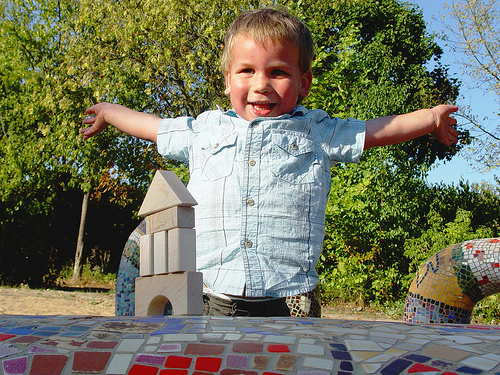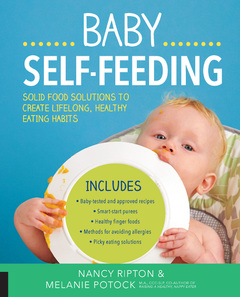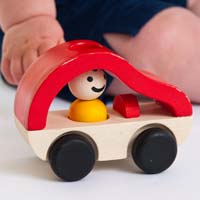Why Kids Need Toys

How to avoid “too many toys”
Because a baby learns from the things she plays with, the more things she has access to, the more she can learn. With this in mind, many parents spend a fortune buying toys; however, many toys hold a child’s attention for three or four days, only to be relegated to the bottom of the toybox or back of a shelf.
What to look for when you're shopping for toys
- Long-term play value: Will this hold your little one’s attention for more than a few weeks?
- Durability: Will it hold up when sat on, thrown, jumped on, mouthed, or banged?
- Simplicity: Babies don’t need complicated toys – look for toys that teach, but don't frustrate.
- Appropriateness. Does it match your baby’s thinking, language, and motor skills?
- Stimulation/Interest: Will it encourage your baby to think? How does this toy foster creativity and imagination?
- Interactiveness: Does it engage your child, or just entertain him as he watches passively?
- Versatility: Can your baby play with this in more than one way?
- Washability: Well-loved toys tend to get very dirty!
- Fit with your family value system: Does this toy reflect your family’s values? For example, is the toy friendly to the environment? Does it promote diversity? Are you comfortable with what the toy represents?
- Novelty: Is this toy different from others your baby already has? You don’t want a toy box filled with 30 different kinds of rattles!
- Fun appeal: Is it something that you will enjoy playing with, too? Toys that encourage you to play along with your baby are ideal.


